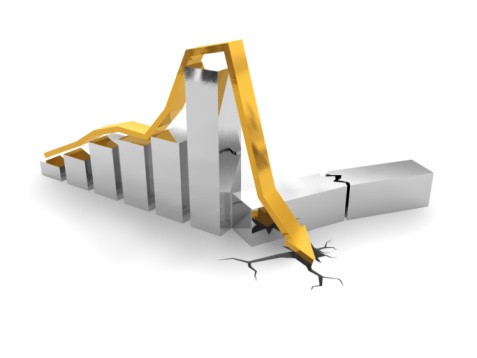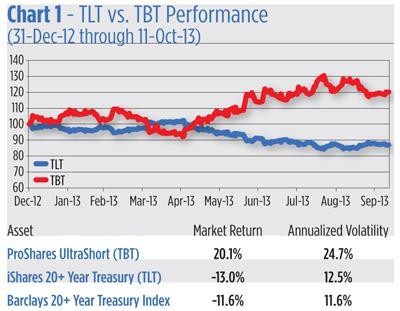Inverse ETF
Post on: 6 Июнь, 2015 No Comment

Inverse ETF is an ETF that is constructed on the principle of making profits at the time of falling value of the underlying securities. Inverse ETF utilize the various short selling strategies with other smart investment strategies in order to make profit from the dwindling markets. Inverse ETF is also known as Short ETF or Bear ETF.
How Does an Inverse ETF work?
Inverse ETF is designed to behave oppositely to the index or the benchmark that it follows. Using different tactics and investments options like future contracts and other leveraged investment techniques, inverse ETFs try to make profit in a bearish market.
Inverse ETFs have a broader as well a narrower portfolio and enables a trader to hedge his investments against a falling market.
Short Positioning: Inverse ETF
Inverse ETF largely utilizes short positioning for making profits in the falling market. Short positioning involves selling of commodities, currencies or securities due to anticipation of a further fall in a bearish market. Later, the seller buys the same securities at the lower price thus making profits.
Advantages of Inverse ETF
Inverse ETF protects an investor from the bearish market. Here are the advantages:
Inverse ETFs work independently of margin accounts which are required in the case of investors who hope to enter into short positions.
Long term traders stuck in a bearish market can invest in inverse ETFs to make profits even during market slumps.

Disadvantages if Inverse ETF
Even though Inverse ETF hedge investments and make profits in the bearish market, there are some disadvantages as well:
- In a bullish market, they struggle to make profits.
- Inverse ETFs have a higher expense ratio as they require regular monitoring. Maintenance overheads increase the expenses.
Inverse ETF, due to their investment strategies, indicate loss even in times of rebounding market. For example, if the value of an inverse ETF moves from $100 to $80 and then back to $100, the inverse ETF will incur a loss of $10. This happens because of the compound rates that are used to calculate the value of the inverse ETF.
Owning inverse ETF decreases the losses that a portfolio might incur during a downturn. That is a reason why inverse ETF are a popular investment in bear markets.














